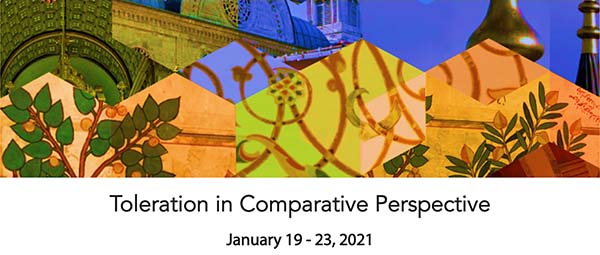Beyond Toleration? Syncretism, Amalgamation, and Religious Multiplicity in the Shinto Tradition
Panel: Thinking Toleration – Tuesday, January 19 (11am – 1pm PST // 2pm – 4pm EST)

Fabio Rambelli is Professor of Religious Studies and East Asian Cultures, and the International Shinto Foundation Chair in Shinto Studies at the University of California, Santa Barbara. Rambelli has written at length about Shinto religion and Buddhism, particularly in Japan. He studies their historical relationship and close connections up to the twentieth century. He explores these dynamics in his article, “The Ritual World of Buddhist ‘Shinto’: The Reikiki and Initiations on Kami-Related Matters (Jingi kanjō) in Late Medieval and Early-Modern Japan” (2002). He argues that it was in the Meiji period and later that Japanese theorists on Shinto sharply distinguished it from any association with Buddhism, which they conceived as a corruption of “pure” Shinto. They drew that distinction in the same period when the Meiji government violently suppressed some Buddhist and hybrid Buddhist-Shinto practices. Rambelli demonstrates, however, that Shinto practice had never been “pure” from Buddhist influence in its late medieval and early modern development. He shows how it was through initiation ceremonies that had their beginning in Buddhist monastic practice that organized Shinto veneration took shape. He argues that Shintoism did not gradually move away from Buddhism through much of this time.
Example of published work:
Fabio Rambelli, “The Ritual World of Buddhist ‘Shinto’: The Reikiki and Initiations on Kami-Related Matters (Jingi Kanjō) in Late Medieval and Early-Modern Japan,” Japanese Journal of Religious Studies 29, no. 3/4 (2002): 265–97;
